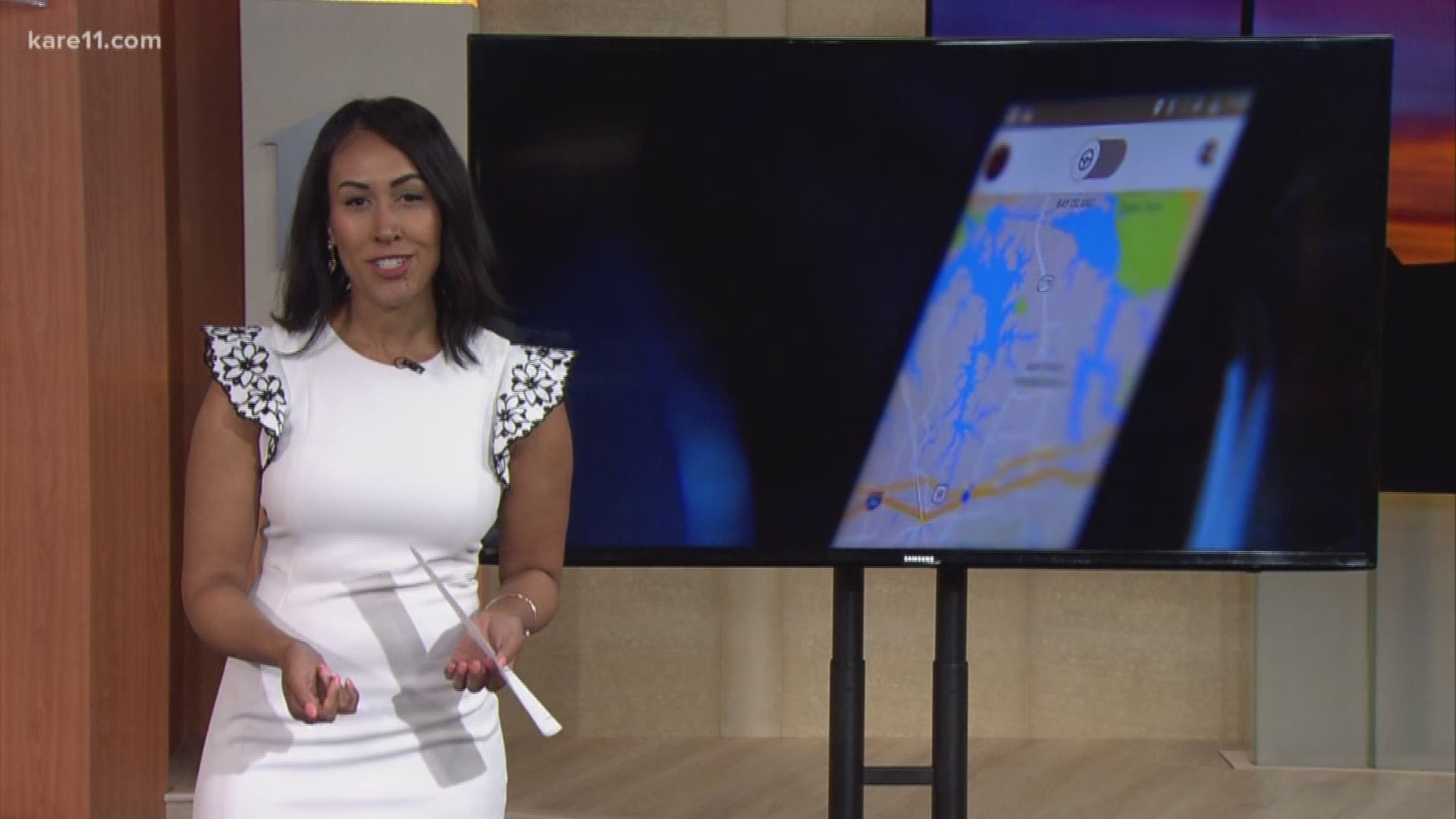HASTINGS, Minn. — Uber and Lyft drivers across the globe plan to strike for 24 hours on Wednesday.
But on any other day in the Twin Cities, you can find an Uber or Lyft on just about every block.
They're just a click away.
But how easy is it for people living outside of the immediate metro? Are you in a "dead zone" for the rideshare apps?
At around 10 a.m. on a Friday in Hastings, you might find just one Uber or Lyft driver nearby. At least, that's what happened when KARE put the apps to the test. And although zooming out further on the map indeed revealed more cars, there weren't too many more. There were two. And they were located in neighboring towns.
A Lyft spokesperson says the company operates throughout the Twin Cities area, so there are not any dead zones. However, he says demand and driver supply can impact how long passengers wait for a ride.
Uber sent the following statement:
"Uber has been providing residents of the Twin Cities with reliable rides at the touch of a button for over six years and has expanded service to several other Minnesota cities, including Rochester and Duluth. We look forward to providing flexible earning opportunities and another transportation option for Minnesotans for years to come."
In Hastings, Lee Zenner is the owner of SmartRide. He says the former owners started the company 15 years ago in order to help prevent residents from drinking and driving. The company has since expanded, operating almost 24-7.
"I was working for them part time and they wanted to close it and I said you can't close it," Zenner said. "People in Hastings need it."
Zenner says although SmartRide and its seven drivers help people get around, transportation options remain limited and are not much better at night.
"There's nothing here," Zenner said. "I've seen so many people get in their cars and drive away after drinking."
In October of last year, the Minnesota Department of Public Safety's Office of Traffic Safety released the 2017 Minnesota Motor Vehicle Impaired Driving Facts report. According to the report, over the last 10 years, drunk driving deaths in Minnesota have actually reduced by around half.
Still, its authors point out that one life lost is too many and that in 2017, 113 people died in alcohol-related crashes in Minnesota alone.
5 Ride Hastings is also in town but operates only on weekends. There is also at least one taxi service.
In Rosemount, Cdr. Mikael Dahlstrom says while there is no specific metric in place to track rideshare availability, there are plenty of residents who take Uber and Lyft.
He says other people are still choosing to get home safely with a designated driver behind the wheel.
In Shakopee, there is a unique Sober Ride Home program available during the holidays.
A city spokesperson says the program offers residents free taxi rides home from Shakopee bars at night. At the same time, if a destination is outside city limits, $10 is deducted from the total fare.
In place since 2017, Sober Ride Home is a partnership between the Shakopee Police Department, Shakopee Crime Prevention Inc., and two local taxi companies. In 2018, the program provided 136 free rides.

